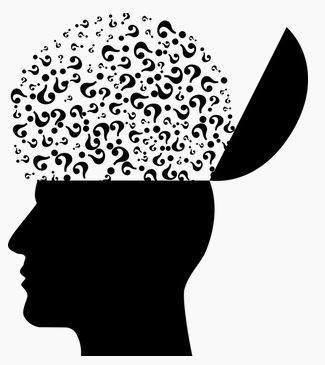HayU Blog
Treating ADHD & Anxiety: A Clinical Pitfall
June 20th, 2019
Why are so many neuropsychologists, psychiatrists, and therapists seeing such a spike in anxiety disorders and general anxiety among the children, adolescents and young adults who come calling?
Further complicating the issue is that 25-50% of kids with anxiety also have ADHD. Aside from treating this comorbidity, clinicians must decide whether to address the anxiety and/or the possibility of ADHD. In this case, the clinician looks at clues that differentiate anxiety disorders from ADHD: family history, recurrent somatic systems, sleep onset problems, headaches, recent social upheaval, excessive screen time or other socially isolating behavior, and fatigue. Comprehensive testing by developmental pediatricians, neuropsychologists, or child psychiatrists can help clarify the problem.
Many parents and teachers are not particularly accurate in reporting anxiety symptoms in children and adolescents.
Children and teens are not necessarily predisposed to verbalize the depth and frequency of their worries and fears.
It’s all too easy to conflate strictly physical complaints with potentially psychosomatic causes, which tend to commingle anyway.
Forgetfulness and Focus
Disorganization
Poor task initiation and prioritization
Distractibility
When anxiety is mistaken for ADHD, that misconception can lead to even more issues when medication is part of the treatment plan. What’s the number one class of drugs most favored for treatment of moderate to severe ADHD?
They tend to get really, really anxious.
There are also many other viable ways to reduce anxiety. Nutrition, mindfulness, exercise, sleep hygiene, cognitive behavioral therapy (CBT), and other forms of therapy are go-to methods, but medication remains king for more severe cases.
Anxiety in the digital age clearly isn’t going anywhere, but at least we’re empowered with more treatment options than ever before.
~Jim Varga, M.D., F.A.A.P. and Matthew Hayutin, M. Ed





